While many of today’s designers focus on the digital world, there will always be a need for designers who know how to create print designs that don’t suck. In fact, designers who become experts in print are highly-valued for their skill. These tips provide a quick glimpse into how great print designers thrive.
Think Outside the Material
Print designers always face the obvious constraint involving the size of the medium, or paper. However, if the main concept fits on the page, but hangs off slightly on the sides, it may not be the end of the world. The human brain actually fills in some gaps where things are missing, so the viewer will still be able to get the big picture you are aiming for. In fact, utilising the edges of the medium as a design tool is a great trick in print design.
Standards Are Not Law
The size of the paper is important in print design and paper size standards are useful for saving costs, communicating ideas and more. That doesn’t mean that they must be followed on all projects no matter what.
Sometimes, a slightly larger paper size can boost the readability of a design and help it to stand out among the competition. A smaller than standard paper size may be just what the client needs to create a more easily-handled promo. Stick to the standards when it makes sense, but don’t be afraid to do something different if the situation calls for it!
Don’t Forget Readability
Although many of the trends of the last few years have focused more on graphic elements than actual content, the most attractive and eye-catching print design of all time won’t go far without readability. When good designers work on print projects with textual content, they know to put an emphasis on that content. However, far too many designers forget about content and miss out on the power of good typography as a design element.
Typography may actually be the biggest difference between professional print design and a random group of elements and text on a page. If the setup of a designer’s typography is poor, there is no amount of great elements or lines that will fix it. The fonts used in a design create the voice for its entire feel or connection with the audience. Good print designers consider what voice their designs should utilise and select five or more fonts to try before finally making a decision.
Don’t Settle on Poor Photos
Print designers should never make the mistake of settling for a poor quality image just to prevent an uncomfortable conversation with a client. The image resolution and quality of the photos used makes a major difference in the final product. A good design can make a good photo great and a poor design can make any photo terrible. It works the same the other way around. Low quality images will, without a doubt, result in an unprofessional design.
While this small sample of tips only provides a quick glance into great print design, it shows how the process is inherently more complex than it seems. Anyone can throw some words, colours and elements on a page, but very few can create a print design worthy of representing your business!

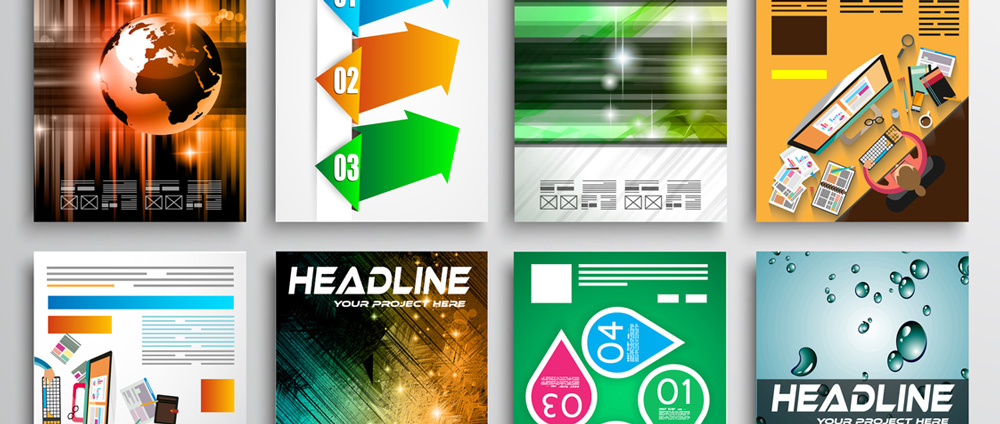
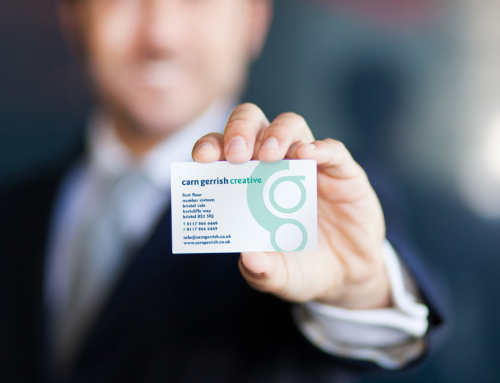

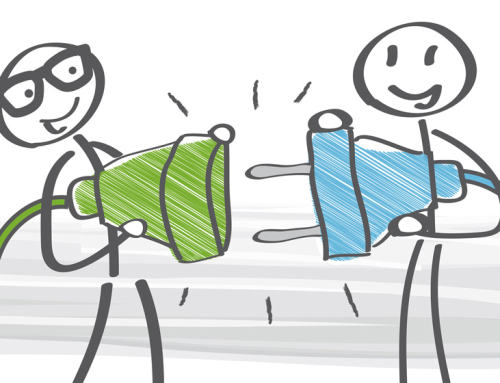
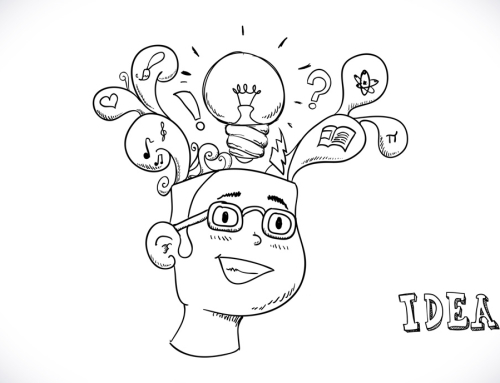
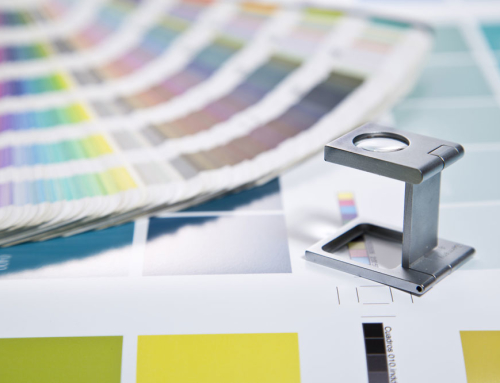
Leave A Comment
You must be logged in to post a comment.